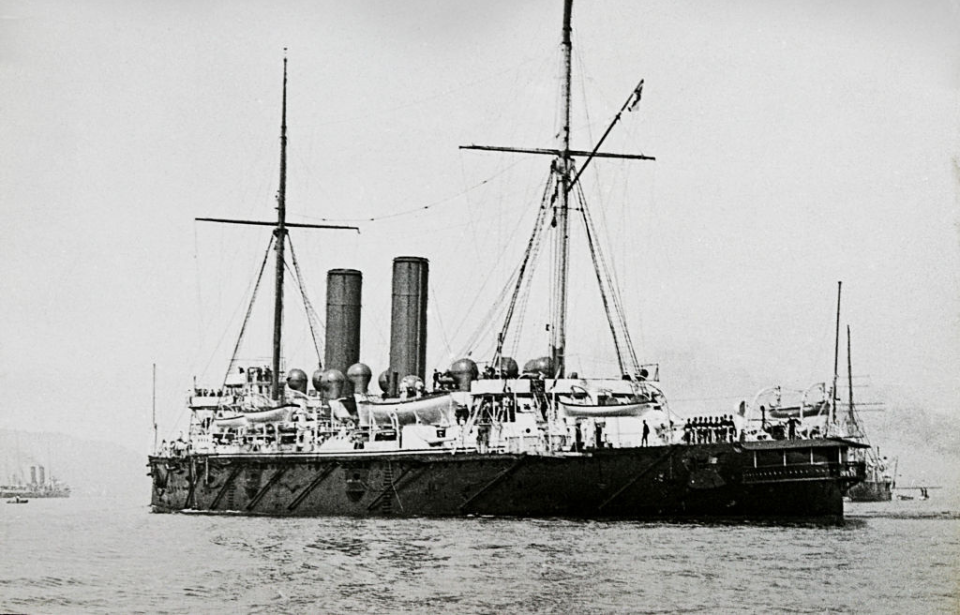The long-lost wreck of a British warship lost in the North Sea during the First World War has been discovered off Scotland’s coast. HMS Hawke, which fell victim to a German U-boat in 1914, was found by members of Lost in Waters Deep, a group dedicated to locating shipwrecks that were lost in Scottish waters.
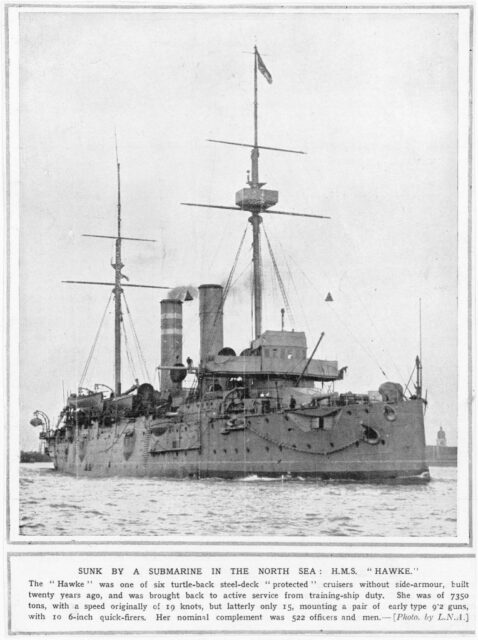
An Edgar-class protected cruiser, HMS Hawke entered service with the British Royal Navy in 1893. Initially serving in the Mediterranean Fleet during the Cretan Revolt of 1897-98, she went on to join the 10th Cruiser Squadron upon the outbreak of World War I. Soon after, the ship was stationed in the North Sea to protect friendly convoys from attacks by enemy U-boats.
On October 15, 1914, while patroling the southern North Sea, Hawke was sighted by SM U-9, which fired a single torpedo at the warship, triggering an explosion and fire. She sank in eight minutes, with just 70 of her over 500-man crew surviving.
Aware something was wrong, HMS Swift (1907) was deployed to the scene, where she came across a life raft carrying 22 crewmen. The rest of the survivors were rescued by a Norwegian steamer.
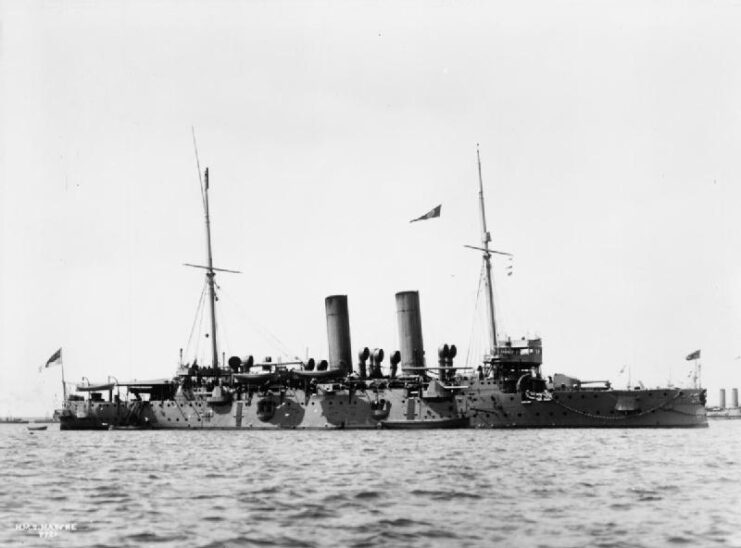
Lost in Waters Deep was able to locate the wreck of HMS Hawke through detailed research, which included an analysis of the day journal kept by U-9‘s commander, which provided a possible location for where the torpedo had been fired, and logs kept by the crews of the various Royal Navy warships serving in the North Sea.
The team also looked into an obstruction that was reported in the area back in the 1980s. While nothing was found at that site, a wreck was found a little less than a mile away, which the team believes to be Hawke. It’s located approximately 50 miles east of Fraserburgh, off the Aberdeenshire coast.
“It took years to research but the actual time on the ground was just a few hours,” Steve Mortimer, one of the divers involved in the expedition, told the BBC.
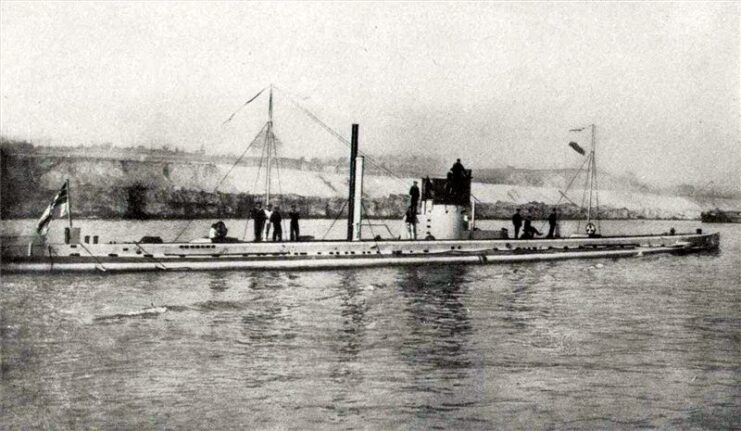
While the discovery of itself is impressive, the state of HMS Hawke has left many of those involved in the search awestruck, with the BBC describing the cruiser as being in “remarkable condition,” despite being 360 feet below the water’s surface.
“Lots of decking is still in place – teak decking,” Mortimer revealed. “There is a wonderful captain walkway around the back of the stern. There’s loads of guns because obviously she was a warship. There’s a lot of Royal Navy crockery. It is fascinating.”
The state of the guns is what struck Will Schwarz the most, with the diver telling CNN, “The guns look as if they’re still active, they’re so highly polished it’s unbelievable … I’ve never seen guns like that in such amazing condition, it’s absolutely beautiful.”
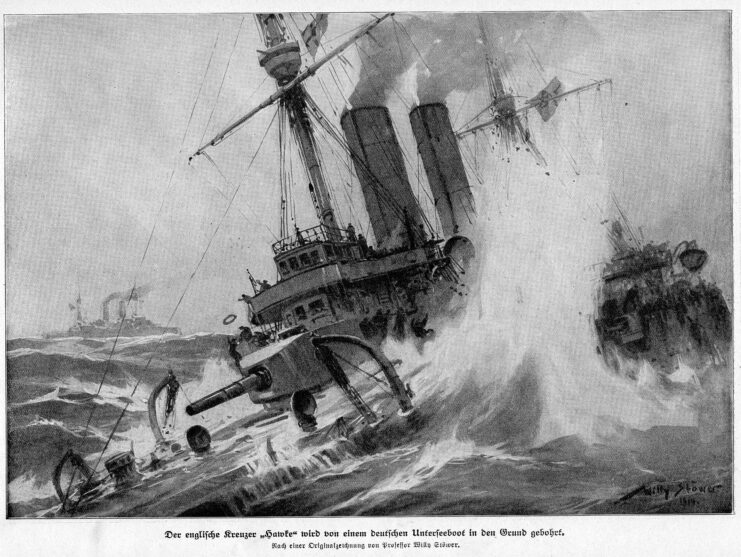
Mortimer added in his interview with the BBC that HMS Hawke‘s portholes are still open, indicating her crew was taken by surprise when U-9 attacked. “You can look into the portholes and see rooms with artifacts – teacups, bowls and plates just there on the floor,” he said.
Paul Downs, speaking with Agence France-Presse, reiterated just how unique a find this is. “She is virtually intact,” the diver said. “The state of preservation is unbelievable for a wreck that’s 110 years old and came to a violent end.”
More from us: The Only Two Japanese Ships Sunk Off the US Coast During World War II Have Been Found
Are you a fan of all things ships and submarines? If so, subscribe to our Daily Warships newsletter!
While identifying features, such as HMS Hawke‘s bell, weren’t found during the dive, Lost in Waters Deep was certain the wreck is the warship, as she’s the only one registered to have been lost in the area. The Royal Navy, with assistance from others, shared on November 8, 2024, that it had, indeed, been confirmed to be Hawke.
